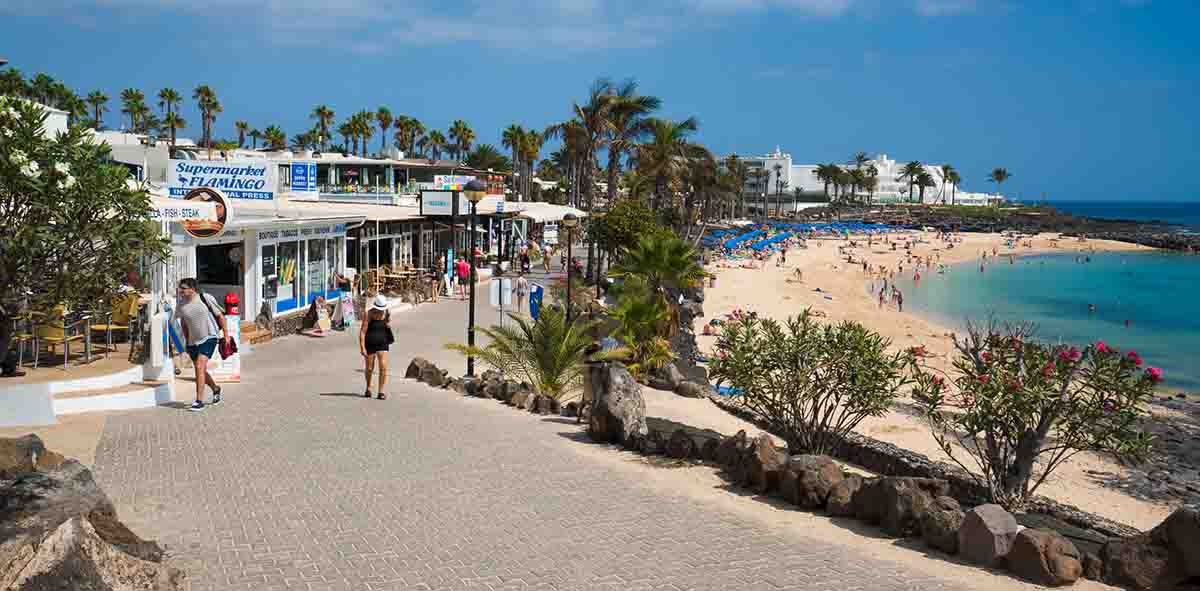
Lanzarote is an island of Canary Islands, and since 1993 all of her is Biosphere Reserve. Imagine then its beauties! It is the fourth largest island of the group and is known by the name of "The island of volcanoes".
Today we will discover what you can not stop see in Lanzarote.
Lanzarote
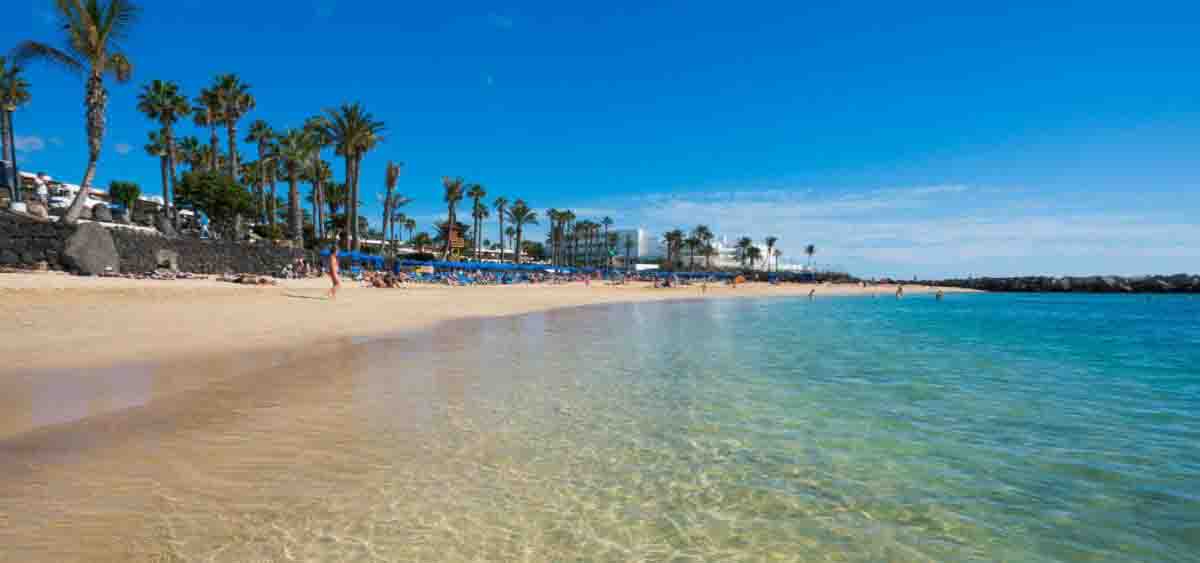
The island is about 140 kilometers from the African coast and about 1000 from the European continent. Enjoy a subtropical climateIt rains very little and its highest peak is Las Peñas del Chache with 671 meters of altitude.
As we said at the beginning in 1993 UNESCO declared it Biosphere Reserve and although traditionally it has been dedicated to agriculture and fishing for some time to this part its economy basically works around tourism.
What to see in Lanzarote
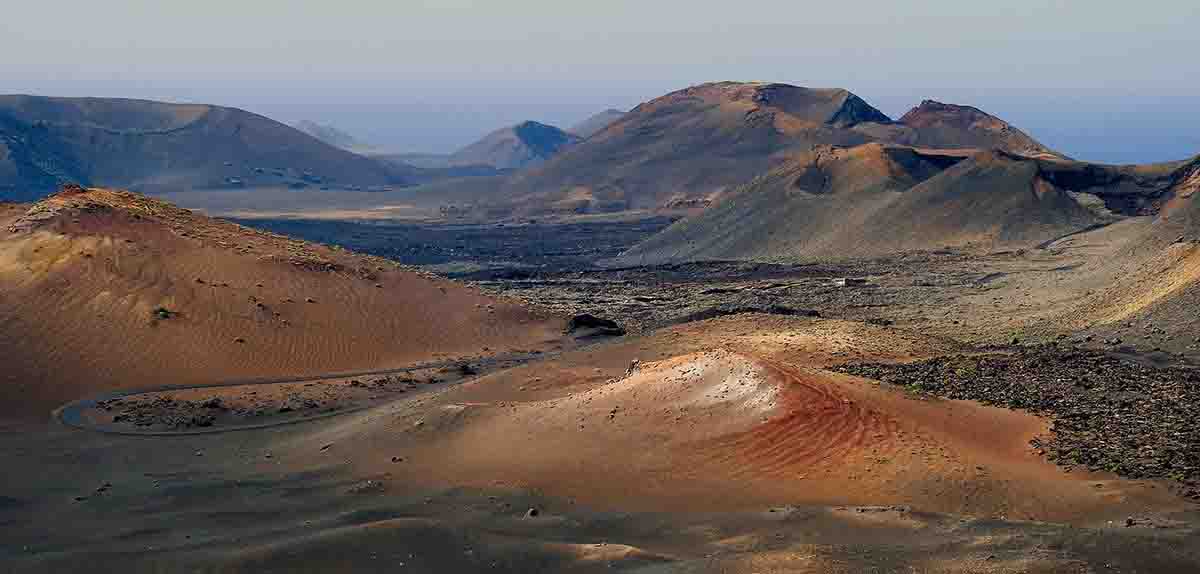
Being called "island of volcanoes" the first thing to see are precisely the volcanoes. Although they have not erupted since 1824, they are still active and the activity that took place in the mid-XNUMXth century has configured the relief with a amazing landscape full of basalt that covers the island in about a quarter. Today it is almost all national park and so we have the Timanfaya National Park.
The truth is that this lunar landscape It is fabulous and although it is dangerous to explore it on foot you can hire a bus tour That takes you to see the lava river and about 25 craters. In Montañas de fuego you will see brave guides enter the odd hole and in El Diablo restaurant the dishes are cooked directly using geothermal heat. A marvel. If you want something more modern then feel free to explore in a Twizy electric car.
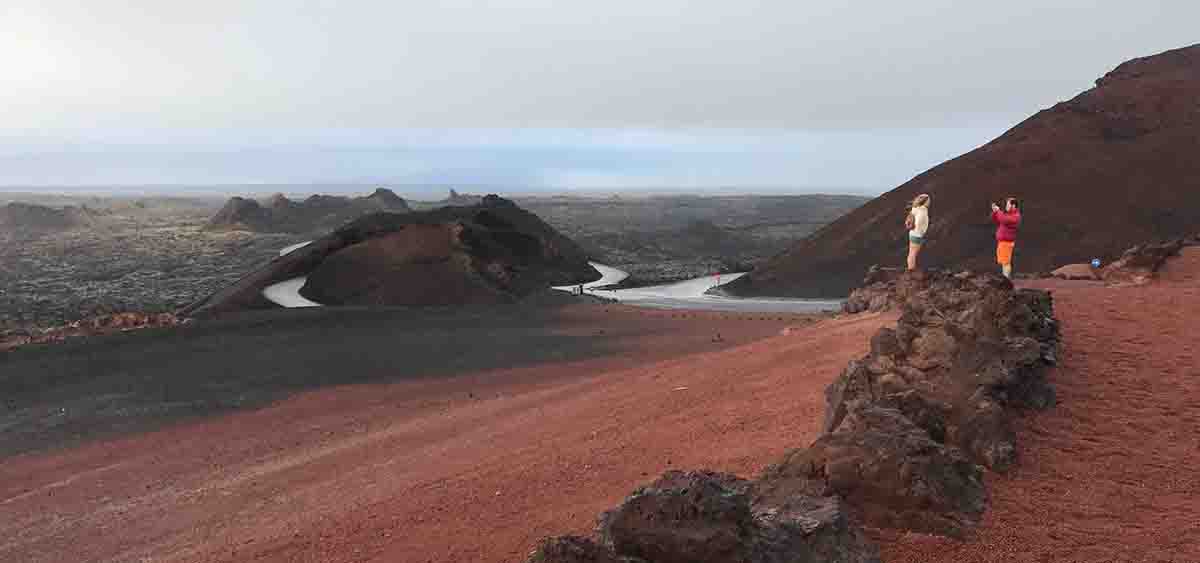
This park is in the municipalities of Tinajo and Yaiza and It is the second national park in number of visits. It has been a national park since 1974 and occupies a territory of about 52 square kilometers, to the southwest of the island.
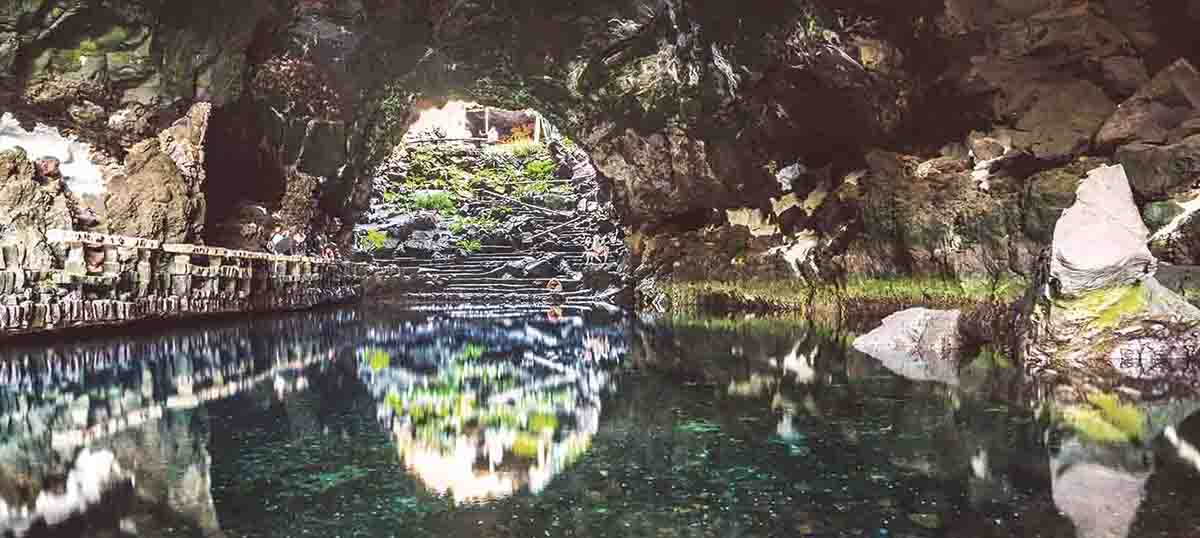
Another natural attraction are the Jameos del Agua caves. It is a system of underground caverns that sometimes open up to the sky and that today contain a swimming pool, an auditorium and a restaurant. All built between the rocks and with water that runs down the walls.
It is almost a fantasy landscape and it was created by artist César Manrique. When the sun goes down the music turns on and there are gastronomic events so have some partying. A James Bond style? Can be. The cave system can be explored with the help of a guide.

Another destination is the Haría village, on top of a hill, between tropical plants, white houses and palm trees. This is where there is the house of the artist we named before, César ManriqueAlso, a unique place where you can see his old studio, all in what was once a farm with traditional island architecture. The museum is open every day from 10:30 am to 6 pm and admission costs 10 euros.
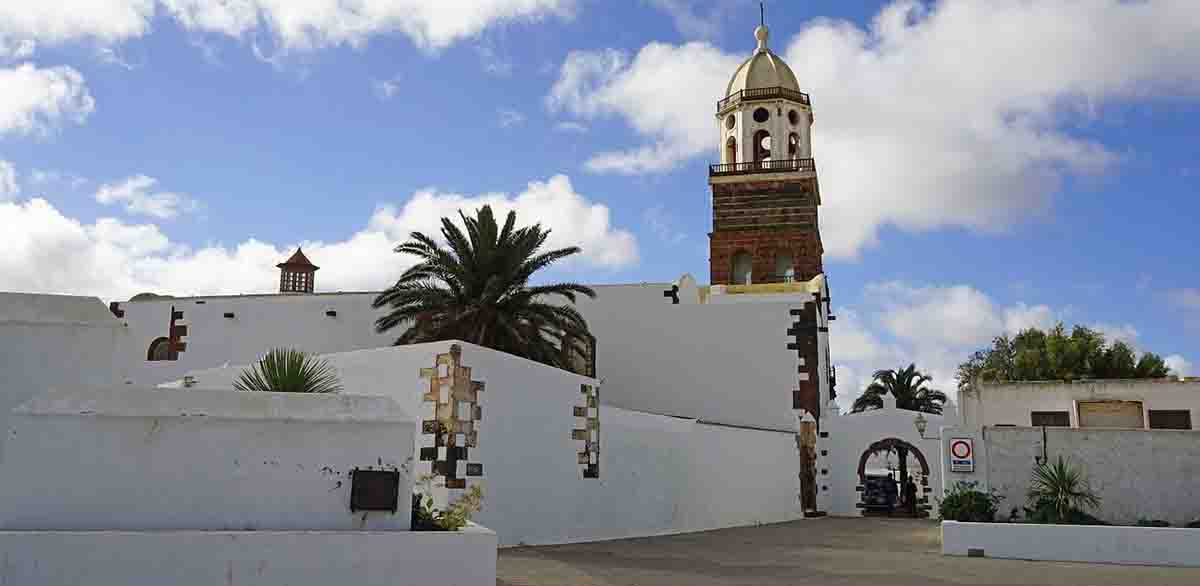
The oldest settlement in the Canary Islands is Teguise, a town founded in 1402. It was the capital of the island for 450 years and it is at a high altitude. It preserves many valuable buildings, palm trees and squares and on Sundays a fabulous market is set up where you can buy everything from cheese to leather handbags. And if you have fallen in love with Manqrique and his creations, you can visit another house built with lava and caves in neighboring Nazaret.

Another interesting and picturesque village, but to the northeast of the island, is Arrieta. Has a lovely white sand beach, Playa de La Garita, and a pier with fishing boats. It is a simple and great place to eat because here the Marriqueria el Charcon, right there on the pier and with the catch of the day. Cooler impossible.
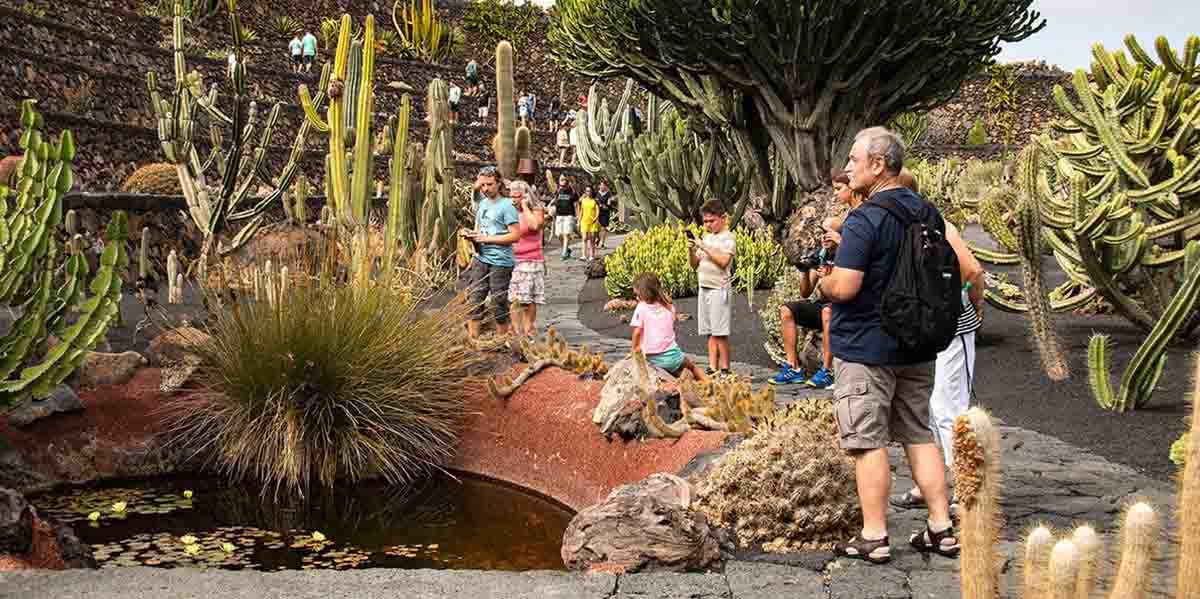
If you like cacti then it is worth taking a tour of the Cactus GardenThere are of all sizes and varieties, distributed as in an amphitheater in an old quarry. Yes all this again It is the work of César Manqrique. There 4500 specimens of 450 species and of course there is a bar / cafeteria that sells cactus-shaped burgers and fresh juices.
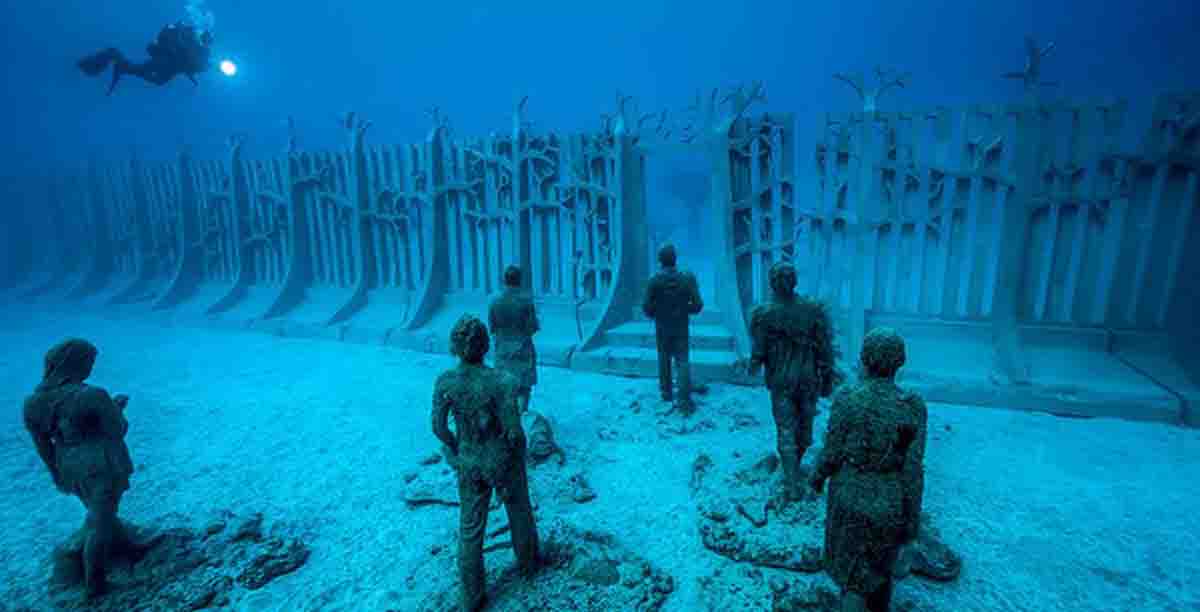
For museums there is the Museo Atlántico, the first underwater museum in EuropeNear Marina Rubicon. This is a fairly active marina that has cafes overlooking the sea and is at the southern end of the city of Puerto del Carmen, very touristy all and Duty Free. Beneath the sea are concrete figures and sculptures made by artist Jason deCaires Taylor.
Time has caused all of them to be colonized by sea creatures so it is a real spectacle. And yes, a great place to go diving at a depth of 12 meters.
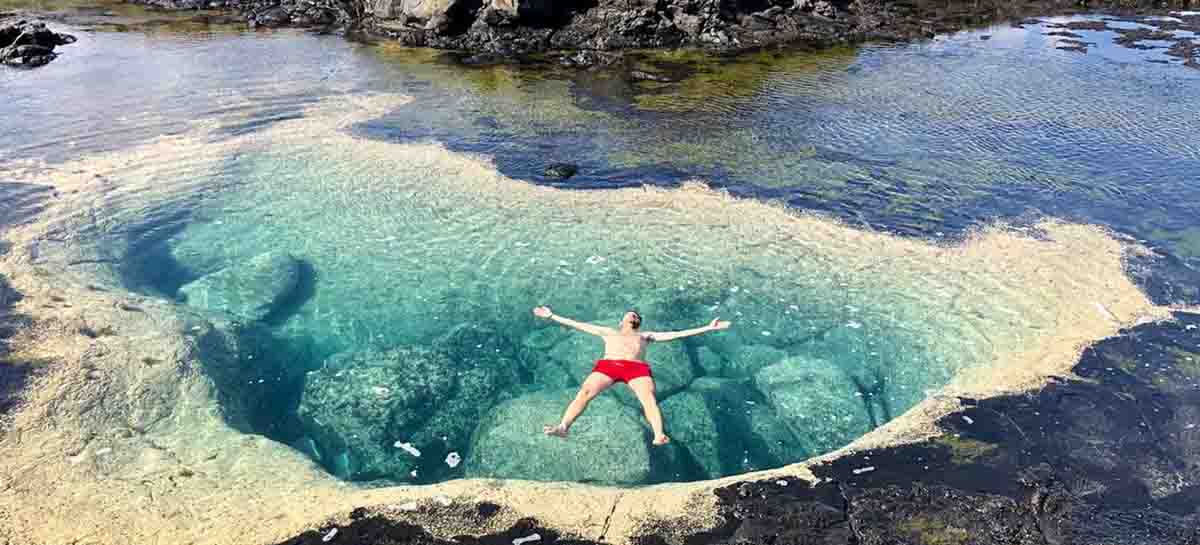
As well there are natural pools where you can swim. It is about marine pools that are on the east and south coasts and that they are nothing more than natural rock formations to which only a few steps have been added to make them more accessible and comfortable. They look at the sea but they are calm waters and ideal for swimming. For example, Point Women in the north and The Charcones near Playa Blanca.
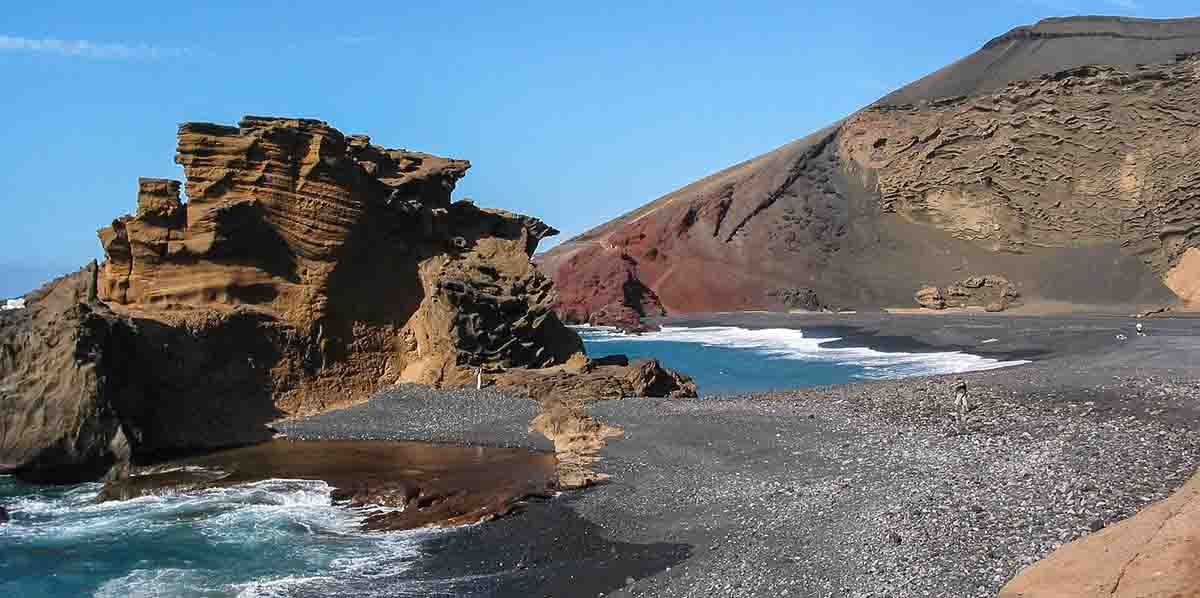
The gulf is a sector of the west coast of the island, a rugged volcanic coastline that the inhabitants have used to locate cafes and restaurants. The occasional wave gives off dew and gets wet but the view is worth it. In general, those who visit El Golfo pay a visit to The boils, another of the best places to see the force of the ocean up closeo.
On the other hand, if you like surfing there is Famara. Surfers from all over the world come here, to this five-kilometer stretch of sand, with the small town nearby, its bars and cafes and hostels. The Papagao Beach It is very beautiful but it is not actually a single beach but seven, or rather, a series of pale yellow beaches in the south, separated by lava rocks.
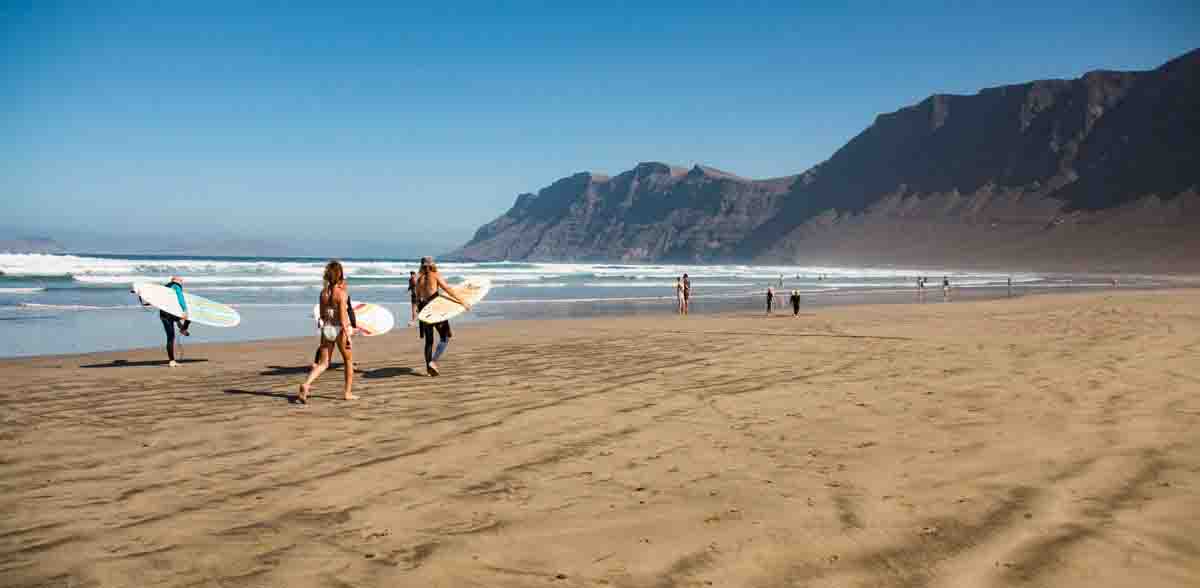
They have been sheltered so there are no currents and the waters are safe. Of course they are not the only beaches on the islands, in fact there is the black sand beach of Playa del Charco de los Clicos that has reddish cliffs and a blue lagoon, in case you want more colors, but this one has super soft sand and swimming is very safe.
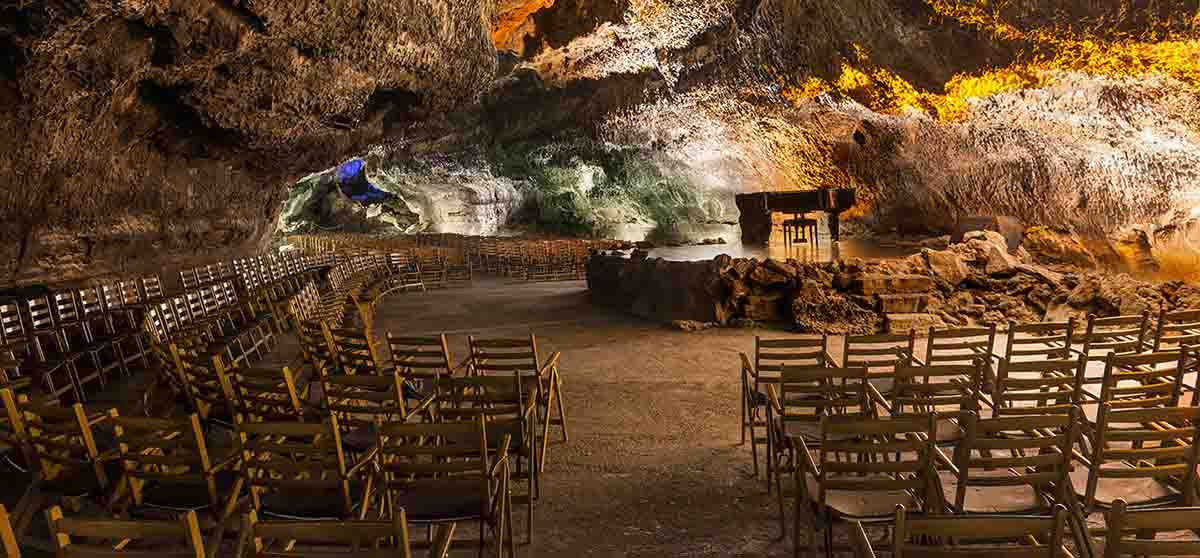
The Cueva de los Verdes is the best opportunity to get into a tube of solidified lava. There are tours! And we can't forget the capital of the island, Arrecife, near the airport, or La Graciosa, which you arrive by ferry from Mirador del Río. Is a small island with few residents, no paved roadsIt is worse in which you can rent a bike and go for a walk to discover its beaches.
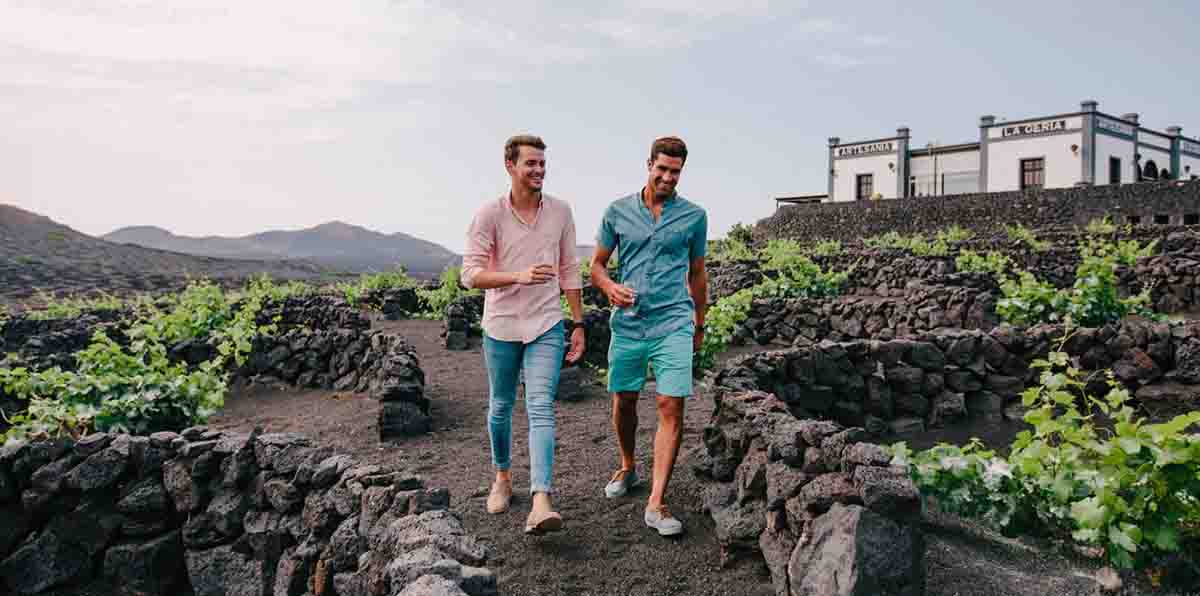
Finally, there is no trip without food and drink and in this case Lanzarote has good wines and they are worth trying. The wineries and plantations are in La Geria, the valley that is the island's wine-growing region. And food is always tasted in restaurants and markets, of course.
Day trip? Fuerteventura. It is crossed by ferry, you can visit Corralejo and also the Corralejo National Park and return to Lanzarote in the evening.